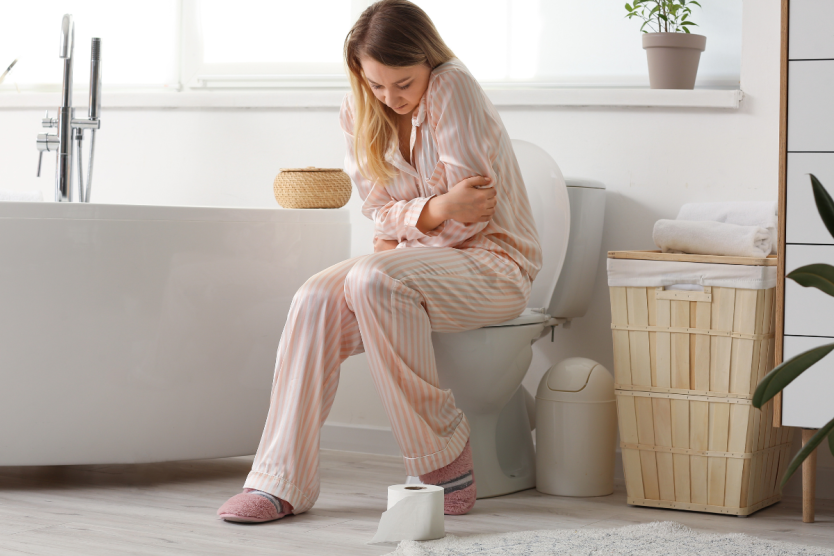Endometriosis comes with many symptoms that are similar to other pelvic conditions.
In fact, it’s often difficult to diagnose and is commonly mistaken for other conditions, including uterine fibroids and Polycystic Ovary Syndrome (PCOS).
Knowing that different side effects can go along with this pelvic condition, are UTIs common with endometriosis?
Cause and Side Effects of Endometriosis
Endometriosis happens when tissue similar to that which lines the inside of your uterus, known as the endometrium, grows outside your uterus. This often painful condition can impact your ovaries, fallopian tubes and the tissue lining your pelvis.1
This tissue also acts like the uterine tissue in that it thickens, breaks down and bleeds with each menstrual cycle—but it has no way to exit your body. As a result, the tissue can become irritated, and develop scar tissue and adhesions that can cause pelvic tissues and organs to stick to each other.1
Besides painful periods—known as dysmenorrhea—other side effects include:1
- pain during or after sex
- pain with bowel movements or when peeing
- excessive bleeding during periods or between periods
- other signs like experience fatigue, diarrhea, constipation, bloating or nausea
- infertility
Since painful or heavy periods are also side effects of other conditions, like uterine fibroids, it’s difficult to know the exact cause. An ultrasound and lab tests can usually determine the condition.2
Are UTIs Common With Endometriosis?
Endometriosis is thought to affect up to 10% of women. Here are some of the different subcategories as well:3
- superficial endometriosis
- deep endometriosis
- ovarian endometriomas
- urinary tract endometriosis—which affects the bladder, ureter, kidney, and urethra
Are UTIs common with endometriosis? In some instances, yes.
For instance, women with bladder deep endometriosis often have what’s called dysuria, which is painful urination, and may also have urinary frequency, recurrent UTIs, and hematuria (blood in the urine). Urinary incontinence is another side effect.3
Urinary tract endometriosis remains underdiagnosed, and here’s where it affects those women who have it:4
- 85% in the bladder
- 10% in the ureter
- 4% in the kidney
- 2% in the urethra
Diagnosis can be complicated because the symptoms mimic other urinary tract issues. Once again, urinary tract infections can be a symptom, along with flank pain and blood in the urine. Many women have no symptoms until the disease is severe. Urinary urgency or urinary frequency is common, while urinary incontinence and retention are not as common.4
Women who have urinary tract endometriosis often have endometriosis in other places as well. Tests to determine endometriosis include medical history, physical examination, urinalysis when it hurts to pee or when there’s blood in the urine, and sometimes tissue biopsy. In terms of imaging, ultrasound is effective for diagnosing urinary tract endometriosis.4
There’s also a chance that the symptoms you think are a UTI are actually caused by something else. For instance, one study showed that people with endometriosis often have bladder pain syndrome, also known as interstitial cystitis. This bladder inflammation can cause pelvic pain symptoms and bladder tenderness that can feel like a UTI.5
Seek Diagnosis
If you have frequent urinary tract infections, or have other signs of a possible pelvic condition such as blood in the urine or sudden urinary urgency, see a doctor and explain your symptoms. Don’t suffer in silence when you could have a serious condition like endometriosis. Use our Physician Finder to find a doctor near you with expertise in women’s health who can help diagnose and treat your condition.




















